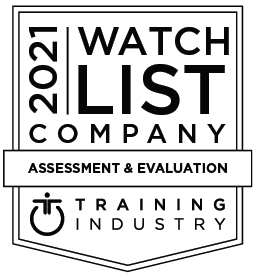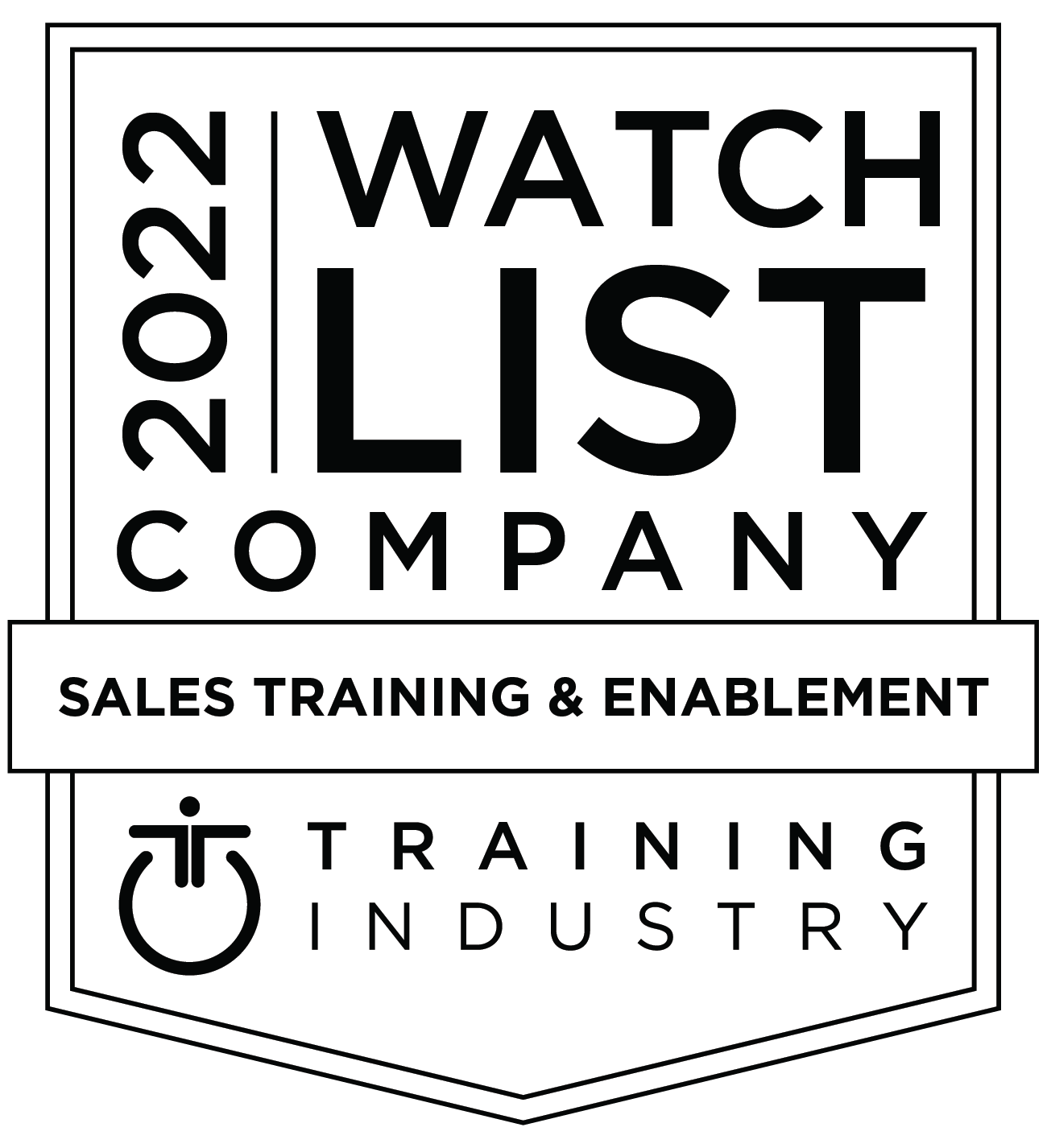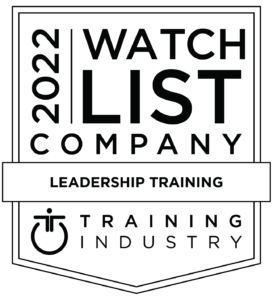Imagine you’ve come up with an idea that could deliver a robust, new income stream to your company.You’re convinced it will work. You believe it’s the best idea you’ve ever had. Then, you present it to senior management and…crickets chirping. You get no response.
Only three weeks later, your colleague presents the same idea and senior management eats it up. Your colleague gets a big promotion and the budget to make YOUR idea a reality. You’re left feeling deflated and confused.
What happened?
The above may be a bit extreme, but we’ve all been in situations where we feel like our best ideas are falling on deaf ears. Why?
Even the best ideas fail when communicated poorly. There are 3 reasons people typically fail to communicate new ideas successfully:
- Failure to communicate the real value in the idea
- Failure to demonstrate conviction
- Failure to actively promote trust with listeners
So, what can you do to get your ideas heard and to be recognized as a driver of innovation within your company?Every time you present your ideas, whether formally or informally, try to do these six things:
Within the first 60-120 seconds of talking, link your idea to a top-of-mind issue for listerners, or decision-makers. Be clear in your description of how your idea will deliver value — or risk skepticism, interruptions, and challenges before you’ve even begun.2. Tell a story, to be memorable.
Successful innovators present their ideas using well-told, emotionally connected stories that quicken your audience’s understanding and make them more likely to take immediate action.
3. Be aware of how you communicate non-verbally.
Maintain good posture. Use eye contact. Fidgeting, too much movement (or too little), poor eye contact, and repetitive filler words (e.g., “um” and “ah”) can crush your credibility.
4. Convey excitement and passion for your idea.
If you don’t sound excited about your idea, why would anyone else be? Don’t fall into the trap of mind-numbing professionalism in your presentation. Let your enthusiasm shine through.
5. Prepare for obvious questions.
Questions are good. They mean decision-makers are interested. Prepare in advance for obvious questions — the ones you think your audience is likely to have. You know, the ones you might have yourself were someone presenting the idea to you.
Because, if you appear surprised by an obvious question, listeners may lose interest or assume that you lack the conviction and credibility to see your idea through.
6. Handle tough questions calmly and confidently. (Don’t react defensively.)
When you’re challenged, it can feel like your idea and your credibility are being attacked. You may feel defensive or argumentative. Or, you might just feel like crawling into a hole and disappearing. Resist the urge to react in any of those ways.
Instead, take a moment to collect and clarify your thoughts. Acknowledge and validate your listener’s perspective. Then, do your best to address their concerns objectively and explain how you or your idea can help.
Accelerate innovation and performance.If you’ve been struggling to break through the noise and be heard, could how you communicate your ideas be holding you back? Or, if your company has been lagging in innovation, could a lack of credible messaging skills be the cause?
Top performing organizations seem to have an uncanny ability to quickly find and act on the most forward-thinking and profitable ideas. To accelerate your organization’s innovation capability and performance, consider equipping people at all levels with the communication skills they need to advocate for and defend their best ideas.
Do you want to learn more about how to unleash innovation and accelerate performance at your organization? Download Credible Messaging: The Missing Driver of Business Performance.










